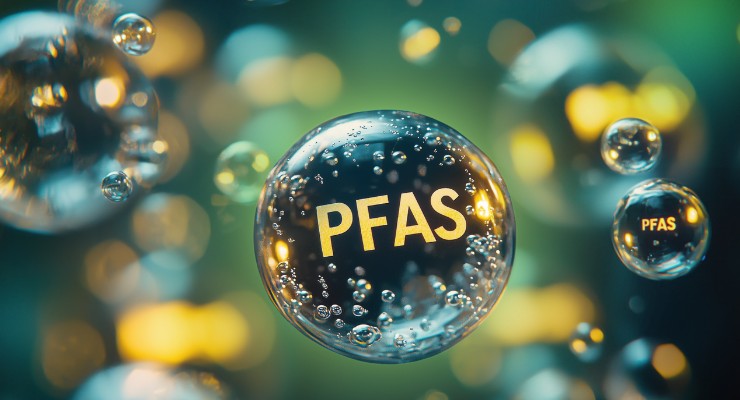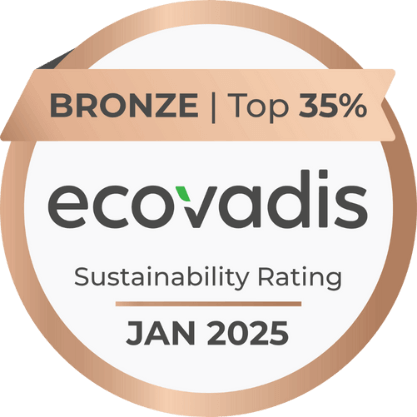The Persistent Shadow of PFAS: A Green Tech Challenge for the Semiconductor Industry

The escalating global concern over per- and polyfluoroalkyl substances (PFAS) presents a significant hurdle for the semiconductor industry. While these chemicals are indispensable in current manufacturing processes, the rising tide of environmental scrutiny demands urgent solutions. TechInsights, having previously highlighted the critical role of PFAS in photolithography, particularly in chemically amplified resists (CARs), now confronts the reality of continued industry expansion. With semiconductor shipments projected to surge to over 17,000 MSI by 2030, the PFAS challenge intensifies.
Navigating the Regulatory Maze
The political landscape surrounding PFAS regulation is complex. Recent shifts in U.S. administration have introduced uncertainty, with reversals and freezes on certain EPA initiatives. However, existing restrictions on PFAS in drinking water remain, and the long-term direction of industrial wastewater regulations is yet to be determined. For the semiconductor sector, one fact is clear: The push for domestic chip production, regardless of the political climate, will likely lead to increased PFAS usage, creating tension with environmental goals.
The Semiconductor Industry Association (SIA) acknowledges the formidable challenge of replacing PFAS-containing photoacid generators in CARs, estimating a potential timeline of over two decades, if replacements are even chemically feasible. Industry giants like TSMC and Intel have made commitments to phase out certain PFAS compounds, but progress has been slow and targets have been missed. This highlights the difficulty of reconciling ambitious sustainability goals with the current state of manufacturing technology.
Process Complexity and PFAS Usage
Analyzing advanced process flows, such as Samsung's 4nm 4LPE and TSMC's 3nm N3 FinFET, reveals the intricate relationship between process complexity and PFAS usage. While some minor reductions in mask counts may occur, overall process complexity continues to increase, with new steps like epitaxy, selective etching, and advanced metrology introduced and affecting the all around process. This trend suggests that even if some PFAS usage is reduced in specific areas, it is likely to be offset by increased usage elsewhere.
The industry's shift towards sub-4nm nodes, as highlighted in TechInsights' "Global Semiconductor Carbon Emissions Forecast, 2025-2030," will further exacerbate the PFAS challenge. The increased production of complex processes with higher mask counts will inevitably lead to greater PFAS consumption. Furthermore, the continued production of legacy nodes will also contribute to PFAS usage, as chemically amplified photoresists are not exclusive to EUV lithography.
The Urgent Need for Green Tech Solutions
The significant gap between market growth and the availability of viable PFAS alternatives underscores the urgency of developing green tech solutions. The estimated 20-year timeframe for a truly PFAS-free process suggests that the scale of the issue could grow exponentially.
The semiconductor industry must prioritize research and development into green tech alternatives to PFAS. This includes:
- Investing in the development of PFAS-free photoresists and other processing chemicals.
- Exploring alternative manufacturing techniques that minimize or eliminate the need for PFAS.
- Implementing robust recycling and waste management systems to mitigate the environmental impact of PFAS.
Furthermore, collaboration between industry, government, and research institutions is essential to accelerate the development and adoption of green tech solutions. A concerted effort is required to address the PFAS challenge and ensure the long-term sustainability of the semiconductor industry.
For a deeper look into the semiconductor industry’s adoption of green tech, read the full article on TechInsights and find out how companies that embrace innovation and prioritize sustainability will be better positioned to navigate the evolving regulatory landscape and meet the growing demands of environmentally conscious consumers. The future of the semiconductor industry depends on its ability to transition to more sustainable manufacturing practices.









